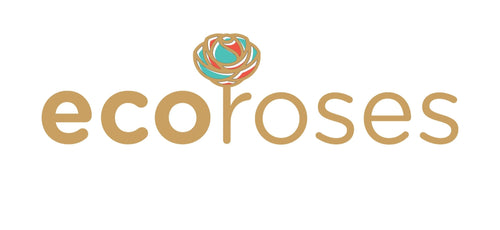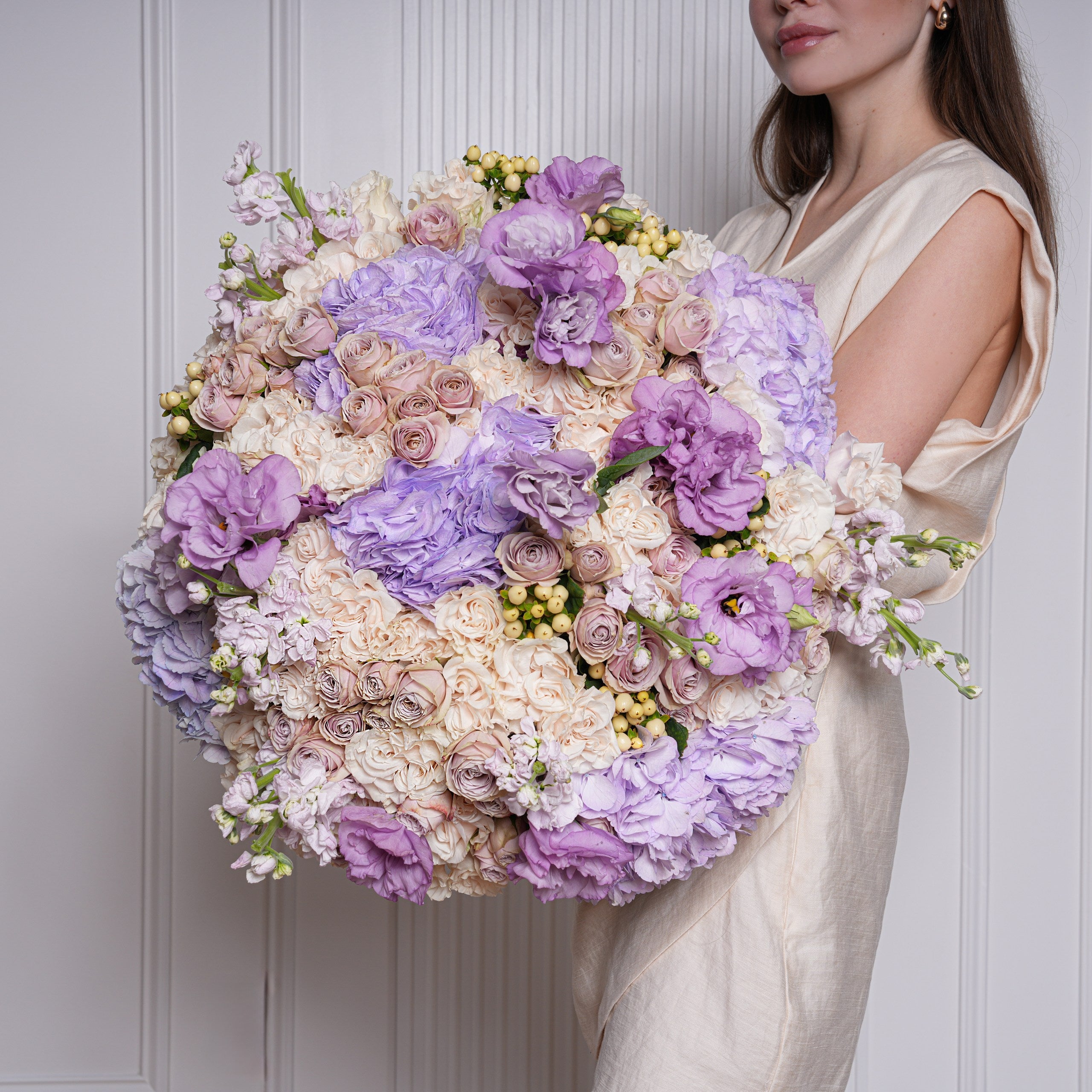As cities continue to grow upward and outward, the tension between concrete sprawl and green spaces becomes more apparent. Amid steel and glass, traffic and technology, flowers quietly play a vital role in maintaining urban balance. These bursts of color are more than just decoration; they serve as key components in sustaining biodiversity, supporting pollinators, improving air quality, and enhancing the well-being of city dwellers.
For those looking to bring a little ecological magic into their own homes or community gardens, you can find diverse floral selections and inspiration from this urban flower collection.
In this article, we’ll explore how flowers contribute to urban ecosystems, why their presence matters now more than ever, and how individuals and cities can use flowers to create greener, healthier environments.
🌸 Why Flowers Matter in the City
When we think of ecosystems, we often imagine remote forests, wetlands, or prairies. However, urban ecosystems are just as critical-especially as over half of the global population now lives in cities. These human-dominated landscapes still harbor life, and flowers are among the most impactful elements in sustaining that life.
Key Contributions of Flowers in Urban Ecosystems:
-
Support pollinators like bees, butterflies, and hummingbirds
-
Improve soil health and reduce urban heat islands
-
Increase biodiversity in parks, rooftops, and residential areas
-
Reduce air pollution and trap particulate matter
-
Elevate human mood and psychological health
🐝 Pollinators and Biodiversity
Urban sprawl fragments the natural habitats many pollinators depend on. But even a few square feet of flowering plants can make a major difference.
Flowers as Food:
Bees, butterflies, beetles, and hummingbirds rely on the nectar and pollen found in flowers for energy and reproduction. In fact, without consistent access to floral resources, many urban pollinator populations collapse. Flower-rich urban gardens, balconies, and public parks can act as “stepping stones,” connecting isolated green spaces.
Native vs. Ornamental:
While ornamental flowers are beautiful, native flowering plants offer more nutritional benefits to local pollinators. Examples include milkweed for monarchs, goldenrod for bees, and asters for a variety of insect species.
🌿 Flowers Improve Soil and Water Quality
Urban soils are often compacted, contaminated, and nutrient-depleted. However, many flowering plants improve soil structure and water retention, especially:
-
Perennials like coneflowers and black-eyed Susans stabilize soil with deep roots.
-
Flowering groundcovers like creeping thyme prevent erosion and reduce runoff.
-
Rain gardens with flower species such as swamp milkweed help filter stormwater.
☁️ Flowers Combat Air Pollution
It’s no secret that cities struggle with air quality. But plants-especially flowering species with dense leaves-can trap dust and pollutants, and absorb carbon dioxide. While trees do the heavy lifting, flowers still contribute significantly to localized air purification.
Consider:
-
Vertical flower gardens in narrow alleyways
-
Window boxes with lavender or marigolds
-
Flower hedgerows along busy sidewalks
Together, they contribute to cleaner air and microclimate regulation.
🌺 Mental Health Benefits of Urban Flowers
The emotional benefits of flowers in the city are as important as the ecological ones. Studies show that even short exposure to flowers can reduce anxiety, boost mood, and improve cognitive performance.
Key Psychological Benefits:
-
Color therapy: Brightly colored blooms uplift mood.
-
Sensory stimulation: Floral scents trigger positive memories.
-
Biophilia connection: Exposure to natural elements reduces stress hormone levels.
In environments where nature is limited, flowering plants serve as emotional anchors.
🌼 Flowering Solutions for Urban Challenges
1. Rooftop Gardens
Transform otherwise unused urban rooftops into biodiversity hubs. Incorporate drought-resistant flowers like sedum, lavender, and echinacea. These spaces also act as carbon sinks, reduce building energy use, and attract pollinators.
2. Community Gardens
Planting flowering herbs and vegetables in communal spaces increases food access and pollinator populations. Consider:
-
Calendula
-
Nasturtium
-
Borage
-
Chamomile
These are edible, medicinal, and pollinator-friendly.
3. Traffic Medians & Roadside Plantings
Cities worldwide are converting road edges and traffic medians into flower-filled “green corridors.” They:
-
Cool heat islands
-
Reduce road runoff
-
Provide forage for pollinators
-
Make cities more livable
4. Pocket Parks and Guerrilla Gardening
With a few seeds and a little planning, neglected patches of land can be converted into floral biodiversity hotspots, especially in high-density areas.
🌻 Designing a Flower-Friendly City
If urban planners and residents want to prioritize ecology, flowers should be included in:
-
Zoning ordinances
-
Green roofing initiatives
-
Public housing designs
-
Schoolyard revitalizations
City governments can subsidize flower seeds, promote native plant nurseries, or host flower-centric events like “Pollinator Weeks.”
🌹 Choosing the Right Flowers for Urban Settings
|
Flower Type |
Best Use Case |
Notes |
|
Lavender |
Balconies, window boxes |
Drought-tolerant and pollinator-friendly |
|
Coneflower |
Rooftop and community gardens |
Native wildflower, strong stems |
|
Calendula |
Urban farms, kids' gardens |
Edible petals, fast-growing |
|
Milkweed |
Public plantings, parks |
Essential for monarch butterflies |
|
Zinnia |
Traffic medians, high-sun areas |
Long blooming, low-maintenance |
|
Nasturtium |
Hanging planters, edible gardens |
Attracts pollinators, edible flowers |
|
Marigold |
Companion planting in urban agriculture |
Repels pests, thrives in pots |
🌼 A Case Study: Flowers Transforming Urban LA
In recent years, Los Angeles has seen a rise in pollinator corridors and flower-centered community initiatives. From school gardens in South LA to native poppy meadows in public parks, flowers are being reintroduced as a core part of urban health and culture.
Local flower businesses like those featured at Ecoroses LA not only bring joy through floral design-they also encourage residents to value plant life, even in the heart of the city.
💡 What You Can Do
1. Plant Intentionally
Start with your balcony, porch, or community garden. Choose native or adapted flowers that require minimal water and maintenance.
2. Educate and Advocate
Share your flower knowledge with neighbors, schools, and councils. Support green initiatives in your city.
3. Buy From Sustainable Florists
Choose florists and growers who source locally, use eco-friendly practices, and encourage biodiversity.
🌷 Conclusion
Urban flowers are not merely aesthetic accessories. They are key players in ecological balance, human health, and city resilience. Every flower planted is a tiny revolution-a bold act of beauty, biology, and sustainability in the face of concrete sprawl.
Whether you're a city planner, florist, gardener, or simply a flower lover, you have a role to play in making cities bloom again. Start small, think local, and let your space-no matter how compact-become part of the larger urban floral ecosystem.


